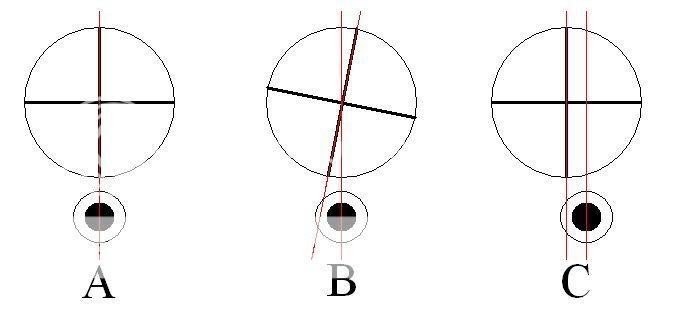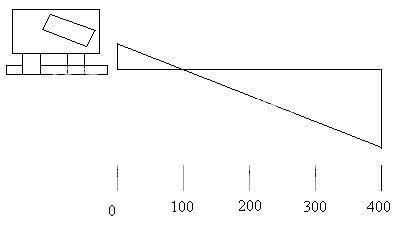How many of you guys use an anti-cant level while shooting/hunting? For those that do, is this something you use all of the time? Over 1000/ under 1000? Just curious to see what you guys do.
1hornhunter
To get back to the OP.
An anti-can't device is not required, like all, it is a tool.
but
With cant, having the scope and rifle in a known plane shot to shot, is going to be better for making the same POI. Physics is physics, ballistics is ballistics. It's really not logical to argue with it.
now
Having the sighting device and bore in the same vertical plane. Well, there can be discussion of the pros and cons of setups for specific purposes. Quoting D. Tubb's setup for a specific purpose as a comparison for a different purpose is as sensible as arguing the specific gravity of a gold molecule. You can argue all you want but it ain't gonna change things.
For general and hunting use, having the sighting device and bore in the same vertical plane, is "best" any changes in distance are not going to compound in a left or right compensation requirement.
To proof your cant ability or device setup and vertical, draw an inverted "t" on a large blank piece of paper for a 100 yard target. Put your best 3 shot group on the cross. Then dial in 8 MOA and using the same POA (point of aim), shoot the best 3 shot you can again. Measure the distance from the center vertical line. If it drifts left or right, your cant is off and your shots while hunting will drift left or right, so your cant ability or device needs work. Physics is physics, ballistics is ballistics. You can argue all you want but the technique will prove your consistency in controlling cant and your sighting device setup.
Repeat at 200 and 300 yards. If you got your cant control down either by your own eye or by your device, your horizontal deviation will never vary.
BTW: I have an astigmatism that rotates my understanding of vertical and horizontal lines to the left. I use multiple levels on the action and scope for setup. I prefer my anti can't devices mounted to the scope and try very hard not to move them once they are correct.
When shooting open sights I have to use corrective lenses and keep my head in the same place in relation to the sights vertical and horizontal plane. Canting my head differently but keeping the rifle in the same physical plane will change my perception of the sights and point of aim.
I hope this helps.



